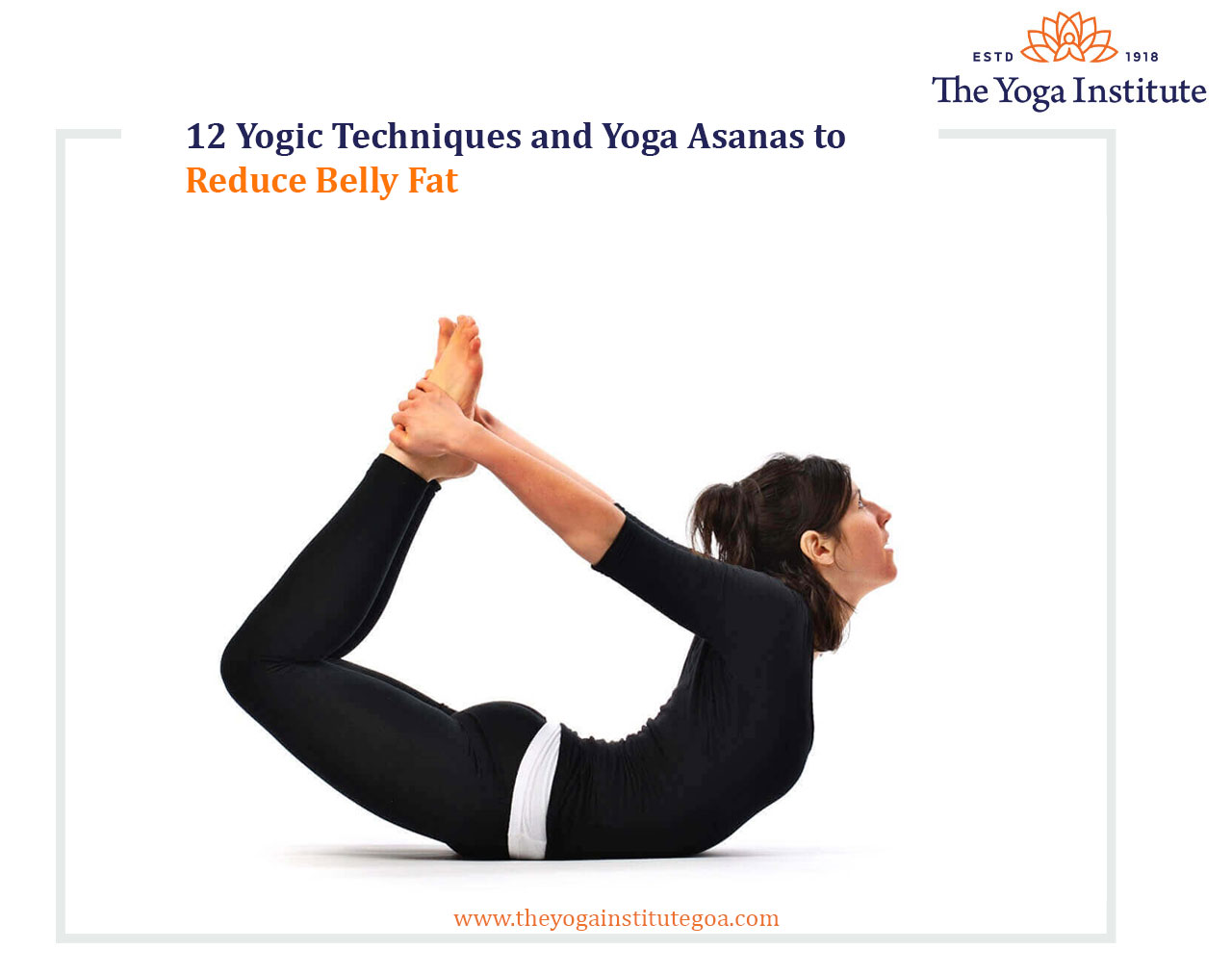
Yoga has 84 asanas. The Hatha Yoga Pradipika specifies four of them as the most important. The Shiva Samhita, however, describes the third and fourth asanas differently. Hatha Ratnavali was the first text to attempt listing all the asanas. It lacks meaningful Sanskrit translators and only describes 21 types of asanas. The Hatha Ratna Avail confirms that there is a total of 84 asanas.
84 different positions
If you are new to yoga and are looking for a comprehensive guide to the various asanas, 84 Postures in Asanas is the book for you. It contains the most frequently taught asanas. The book also explains how to safely and effectively teach each one. This book will provide all the information you need to be a confident practitioner of yoga.
Some people may find the 84 sequence difficult. This is why it is so important to learn the basics of the practice before starting. It's a class for yogis who are looking for a challenge, but have a strong commitment to the practice. Some people feel more comfortable doing 26&2 than others and are eager to learn more. Others feel their practice has plateaued and need more information to continue growing.
The meaning of swastika
Swastika Asana, a yoga position that improves concentration, focus, memory, and balance, is known as Swastika. Doing this daily will improve your focus and clarity. It can also be used to reduce stress. It is a great posture to learn and can help with symptoms of premenstrual disorder.

You need to have a good foundation in order to do this pose. This can be done for only 10 minutes. It's great for anyone suffering from sciatica, sacral infections, and other conditions. It is useful for people who have varicose legs or aching muscles.
Meaning of paschimottanasana
Paschimottanasana, a yoga position that promotes peaceful sleep and relieves insomnia, is known as Paschimottanasana. It stimulates the body's lower energy centers and increases blood flow. It helps to ease tension, headaches, cramps and other symptoms. It also increases flexibility in your hips, lower back, legs, and hips. It can be very beneficial to people who have no legs.
Paschimottanasana (Sanskrit: "folded onto oneself") is the Sanskrit meaning of the word paschimottanasana. This forward bend can be difficult and requires discipline. It is often used in a series of Ashtanga yoga poses.
Definition of Sarvangasana
The term "Sarvangasana" comes from three Sanskrit words meaning "all parts of the body." It is Hatha yoga’s most advanced pose and can be used to benefit the whole body as well as the mind. This position, also called "shoulderstand", can be a great way for you to balance and strengthen all your muscles. It's known as "the mother-of-all asanas" as it protects your body from many conditions and illnesses.
Sarvangasana is good for your overall health. It also improves blood circulation and nourishment of your brain. This posture improves digestion and prevents constipation.

Meaning of dhanurasana
Dhanurasana (or bow pose) is a form of yoga that requires one to bring his body inwards, much like a bow. The Sanskrit word dhanu means bow and the Sanskrit name asana means posture. Proper posture can only be achieved by stretching the body.
The spine is considered the tree of life, and a healthy spine helps the body respond to natural energies. Yoga postures strengthen and stretch the spine. The Sanskrit word dhanu, which means bow, is translated as "bow pose." The pose is a core part of yoga practices and has been used since ancient times to treat rheumatisms, dyspepsias, and gastrointestinal issues.
FAQ
How does yoga change your body?
Yoga is a great way to relax and stretch. You will also feel great. Yoga improves flexibility, strength, and stress reduction. This results in better sleep, increased concentration, and more energy.
Yoga also increases blood flow, making you less likely to have colds and flu. This is due to the fact that yoga allows you to breathe deeply, increasing oxygen supply to your brain.
Yoga can relieve tension and pain. The postures are good for strengthening muscles and joints.
Yoga is a great way to stay healthy and happy.
Is yoga safe enough for everyone?
Yoga is safe and accessible to all ages, genders. Yoga has been practiced for thousands of years without any side effects.
Please consult your doctor if any of these conditions are present before you begin a new exercise regimen.
Do I need a warm-up before I try yoga?
No. It doesn't matter if you are warming up before starting a yoga class.
Stretching your muscles before you exercise can help to loosen stiff muscles.
Do you offer yoga classes for those with special needs?
Yoga studios can offer classes that are adapted for people with disabilities. These include:
-
Physically challenged individuals who want to improve their posture
-
People with limited mobility
-
Individuals living with arthritis
-
Those recovering from injuries
-
The elderly
This class is for you if you know anyone who would benefit.
What is the average time it takes for yoga to get results?
Yoga is a slow process, but you will always get a great workout. It takes time and effort to build strength, flexibility and endurance. You start slow and then gradually increase the intensity until you reach an optimal level.
Consistency is key. The more you practice, you will become better at it.
Statistics
- The American Psychological Association recently shared that 84% of American adults feel the impact of prolonged stress (5). (healthline.com)
- Start your Fall off right with 20% off All Access Membership when you sign up by 9/25! (corepoweryoga.com)
- About one in seven U.S. adults practiced yoga in the past 12 months, according to a 2017 national survey. (nccih.nih.gov)
- Gentle yoga has been shown to ease some of the discomforts of tender, swollen joints for people with arthritis, according to a Johns Hopkins review of 11 recent studies. (hopkinsmedicine.org)
- Lock in 25% off your Founding Member rate. (corepoweryoga.com)
External Links
How To
Yoga can help menopause symptoms
Yoga, an ancient form of meditation, focuses on breathing, stretching, and meditation. It originated in India. It has been used to stay fit for thousands upon thousands of years. It is becoming increasingly popular as people look for ways to stay fit and healthy in times of stress and illness.
Yoga is about using physical positions (asanas), to strengthen muscles, improve posture, and increase flexibility. This helps to reduce tension and build strength.
There are many types and styles of yoga. Each type focuses only on certain aspects of your body, like breathing, stretching, and relaxation.
All forms of yoga have the same goal: to restore balance within the body as well as the mind. Yoga has many benefits, including improved fitness, weight loss, improved sleep quality, energy levels, and reduced stress.
Yoga may be beneficial in the treatment of anxiety, depression, insomnia, and other conditions. It isn't clear if yoga can be used to treat other health issues, such as symptoms related to menopause.
Yoga is a way to feel happier and healthier.
Important to remember that yoga can cause muscle pain after exercise. Therefore, it is advisable to start with a low intensity level. If you have concerns about your current condition or are unsure whether you would benefit from yoga, speak to your doctor before starting.